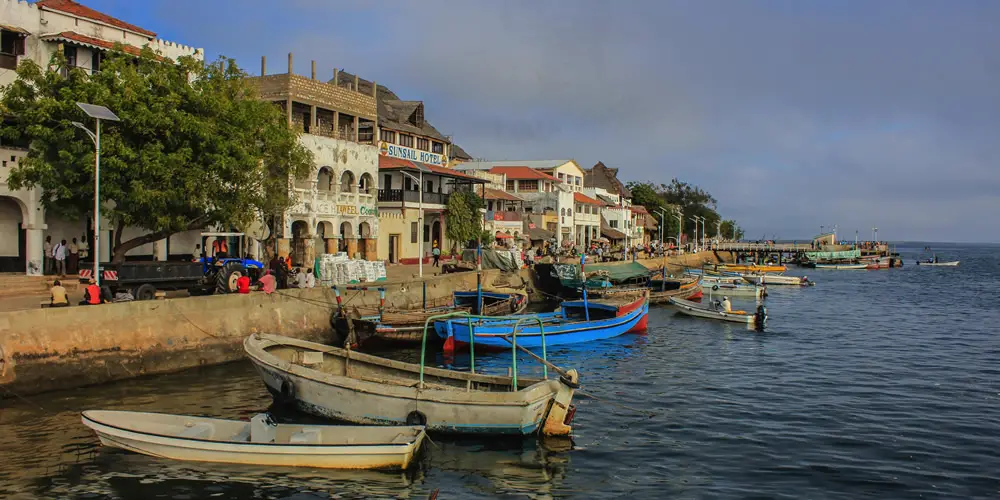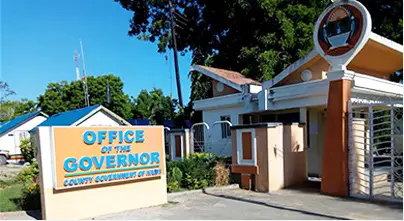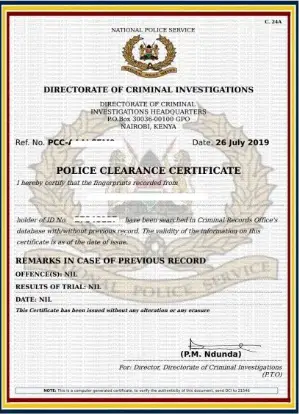Located on the serene eastern coast of Kenya, Lamu County is a hidden gem waiting to be explored. With its picturesque beaches, rich cultural heritage, and timeless beauty, Lamu County offers an unforgettable experience for all who visit. From the historic town of Lamu, a UNESCO World Heritage Site, to the lush mangrove forests and vibrant coral reefs, this coastal haven combines history, nature, and relaxation in perfect harmony. Immerse yourself in the warm hospitality of the locals, indulge in delectable Swahili cuisine, and embark on exciting adventures. Whether you seek a tranquil getaway or a thrilling expedition, Lamu County has something for everyone. Discover the magic of this captivating destination and let yourself be enchanted by the charm of Lamu County.
Geography
Location
Lamu County is located in the Coastal region of Kenya, on the eastern coast of Africa. It is situated on the Indian Ocean and is bordered by Tana River County to the south and south-west, Garissa County to the north-west, and the Republic of Somalia to the north-east. Lamu County encompasses the Lamu Archipelago, which consists of a number of islands including Lamu Island, Manda Island, Pate Island, and Kiwayu Island.
Topography
The topography of Lamu County is varied, with its landscape ranging from sandy beaches along the coast to lush mangrove forests and rocky hills inland. The county is known for its unique coral stone architecture, with many buildings constructed using coral blocks or stones. Mangrove forests cover a significant portion of the coastline and play a vital role in protecting the shoreline from erosion.
Climate
Lamu County has a tropical climate, characterized by hot and humid conditions throughout the year. The average annual temperature is around 26 degrees Celsius (79 degrees Fahrenheit), with variations depending on the season. The county experiences two distinct rainy seasons: the long rains from April to June and the short rains from October to December. These rains contribute to the lush vegetation and natural beauty of the region.
Natural Resources
Lamu County is rich in natural resources, which greatly contribute to its economic activities. The county’s coastal location provides access to the abundant marine resources of the Indian Ocean, including fish, coral, and seaweed. The fertile soil supports agricultural activities such as farming and horticulture. Additionally, the county is known for its mangrove forests, which are important ecosystems that provide timber, fuelwood, and serve as breeding grounds for marine life.
History
Early settlements
Lamu County has a rich history dating back to ancient times. The Lamu Archipelago has evidence of early settlements dating back over 700 years, with Lamu Island being the oldest and most populous. The discovery of Swahili pottery and tombs suggests that the area was once a Swahili trading port, serving as a crucial hub for the Indian Ocean trade routes.
Swahili culture
The Swahili culture has greatly influenced the development of Lamu County. The Swahili people, who are predominantly Muslim, have a unique blend of African, Arab, and Persian cultures. This blending is evident in the architecture, language, cuisine, and traditions of the region. Lamu Town, the main urban center of the county, is renowned for its well-preserved Swahili architecture and has been recognized as a UNESCO World Heritage site.
Colonial era
During the colonial era, Lamu County came under the influence of various European powers. The Portuguese, followed by the Omanis, ruled over the region and greatly influenced its culture and economy. The colonial presence led to the establishment of forts, trade routes, and economic activities that shaped the future of Lamu County.
Post-independence
After gaining independence from British colonial rule in 1963, Kenya underwent a process of nation-building, and Lamu County became an integral part of the newly-formed Kenyan nation. The county has since played a significant role in the cultural, economic, and political development of Kenya, while still preserving its unique heritage and traditions.
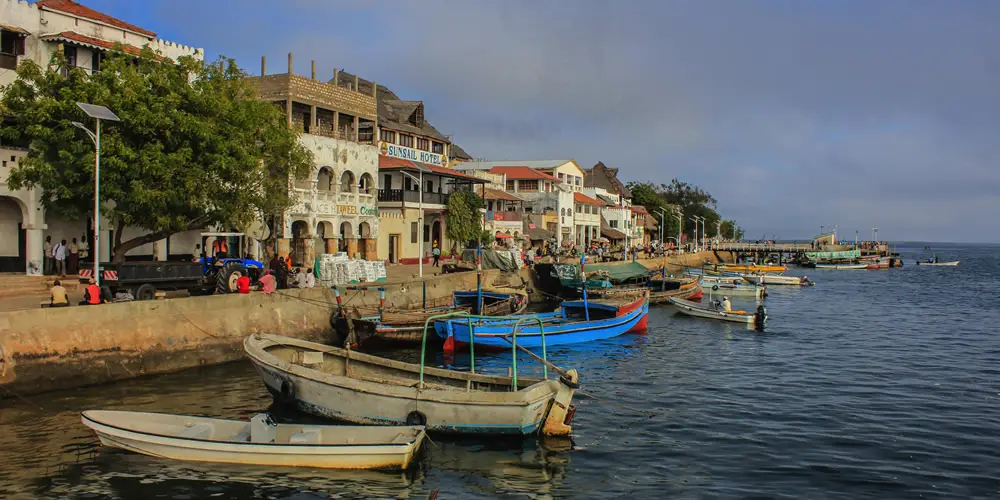
This image is property of lamu.go.ke.
Administrative Divisions
Counties
Lamu County is divided into several administrative units known as counties. These counties are further divided into sub-counties, which enable the efficient delivery of public services and administration. The counties ensure that governance and resource allocation are decentralized, bringing services closer to the people.
Constituencies
Within each county, there are constituencies that serve as electoral units for political representation. Lamu County is divided into three constituencies: Lamu East, Lamu West, and Lamu Central. Each constituency has its own Member of Parliament who represents the interests of their constituents at the national level.
Wards
The counties are further divided into wards, which are smaller administrative units responsible for service delivery at the grassroots level. Lamu County has a total of fifteen wards, each with elected representatives who work closely with the county government to address the needs of the local population.
Demographics
Population
Lamu County has a population of approximately 143,920 people, according to the 2019 census. The population is diverse, consisting of various ethnic groups, each with its own unique cultural practices and traditions. The population is concentrated in urban centers such as Lamu Town, while rural areas are sparsely populated.
Ethnic groups
The major ethnic groups in Lamu County include the Swahili, Bajuni, Orma, Boni, and Pokomo communities. The Swahili people are the largest ethnic group and have a long history of cultural presence in the region. Each ethnic group contributes to the vibrant tapestry of cultures and traditions found in Lamu County.
Religion
Lamu County has a predominantly Muslim population, with Islam being the predominant religion in the region. Mosques are a common sight across the county, reflecting the Islamic influence on the culture and way of life of the local population. However, other religions such as Christianity and traditional African religions also have a presence in the county.
Languages
The primary language spoken in Lamu County is Swahili, which is widely spoken and understood by the majority of the population. Arabic is also prevalent, particularly among the Swahili community. Additionally, English and Kiswahili are widely used as official and national languages respectively, facilitating communication between different language communities.
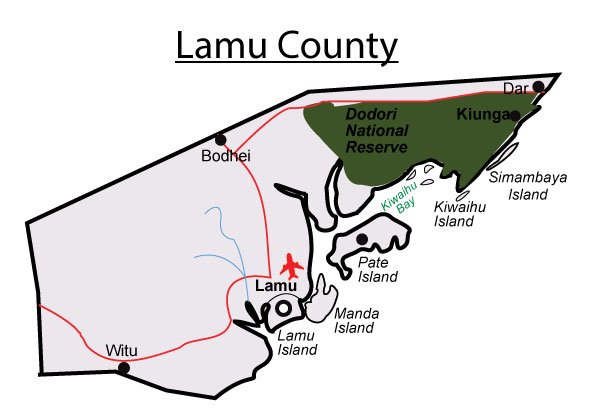
This image is property of elimufeynman.s3.amazonaws.com.
Economy
Main economic activities
Lamu County has a diverse economy that is driven by various sectors. Agriculture, fishing, tourism, trade, and manufacturing are the main economic activities in the county. These sectors provide employment opportunities and contribute to both the local and national economy.
Tourism
Tourism is a major pillar of Lamu County’s economy. The county’s unique cultural heritage, stunning beaches, and historical sites attract both domestic and international tourists. Lamu Town, with its ancient architecture and rich history, is a popular destination for tourists seeking an immersive cultural experience. The county’s pristine beaches and crystal-clear waters also offer opportunities for water sports, snorkeling, and diving.
Agriculture
Agriculture plays a significant role in the economy of Lamu County. Farmers engage in subsistence farming and cash crop production, with crops such as maize, coconuts, mangoes, and cashew nuts being cultivated. Livestock rearing, especially cattle and goats, is also practiced. The fertile soils and favorable climate in the county support agricultural activities, providing food security and livelihoods for the local population.
Fishing
The Indian Ocean is a valuable resource for the people of Lamu County, and fishing is an important economic activity. The coastal communities engage in both artisanal and commercial fishing, providing a vital source of livelihood and food for the population. The county is renowned for its fresh seafood, which is a delicacy enjoyed by locals and visitors alike.
Trade
Lamu County has a vibrant trade sector, facilitated by its coastal location and historical trade routes. The county is a hub for both local and international trade, with Lamu Island serving as a key port for the export and import of goods. The trade sector contributes to the county’s economy and helps create employment opportunities for the local population.
Manufacturing
The manufacturing sector in Lamu County is still developing but shows great potential. The county has invested in industries such as food processing, textiles, and handicrafts. These industries not only generate income but also contribute to the preservation and promotion of the county’s cultural heritage.
Infrastructure
Transportation
Lamu County has a well-developed transportation network that facilitates movement within the county and beyond. The main mode of transportation is by road, with well-maintained highways connecting various towns and villages. Lamu Town has an airport that serves as an important transportation hub, with regular flights connecting to major cities in Kenya and other countries in East Africa.
Education
Lamu County is committed to providing quality education to its residents. The county has numerous primary and secondary schools, as well as vocational training centers, technical institutes, and tertiary institutions. These educational institutions play a crucial role in equipping the youth with the necessary skills for employment and entrepreneurship.
Healthcare
The county government has made significant investments in the healthcare sector to ensure access to quality healthcare services. Lamu County has several health facilities, including hospitals, health centers, and dispensaries, that provide healthcare services to the population. The county also emphasizes preventive healthcare and has implemented various health programs targeting issues such as malaria and HIV/AIDS.
Utilities
Lamu County has made strides in providing essential utilities to its residents. The county has access to clean water sources, and initiatives have been implemented to ensure reliable and safe water supply to both urban and rural areas. Additionally, the county is working towards improving access to electricity, particularly in remote areas, to promote economic development and enhance the quality of life for its residents.
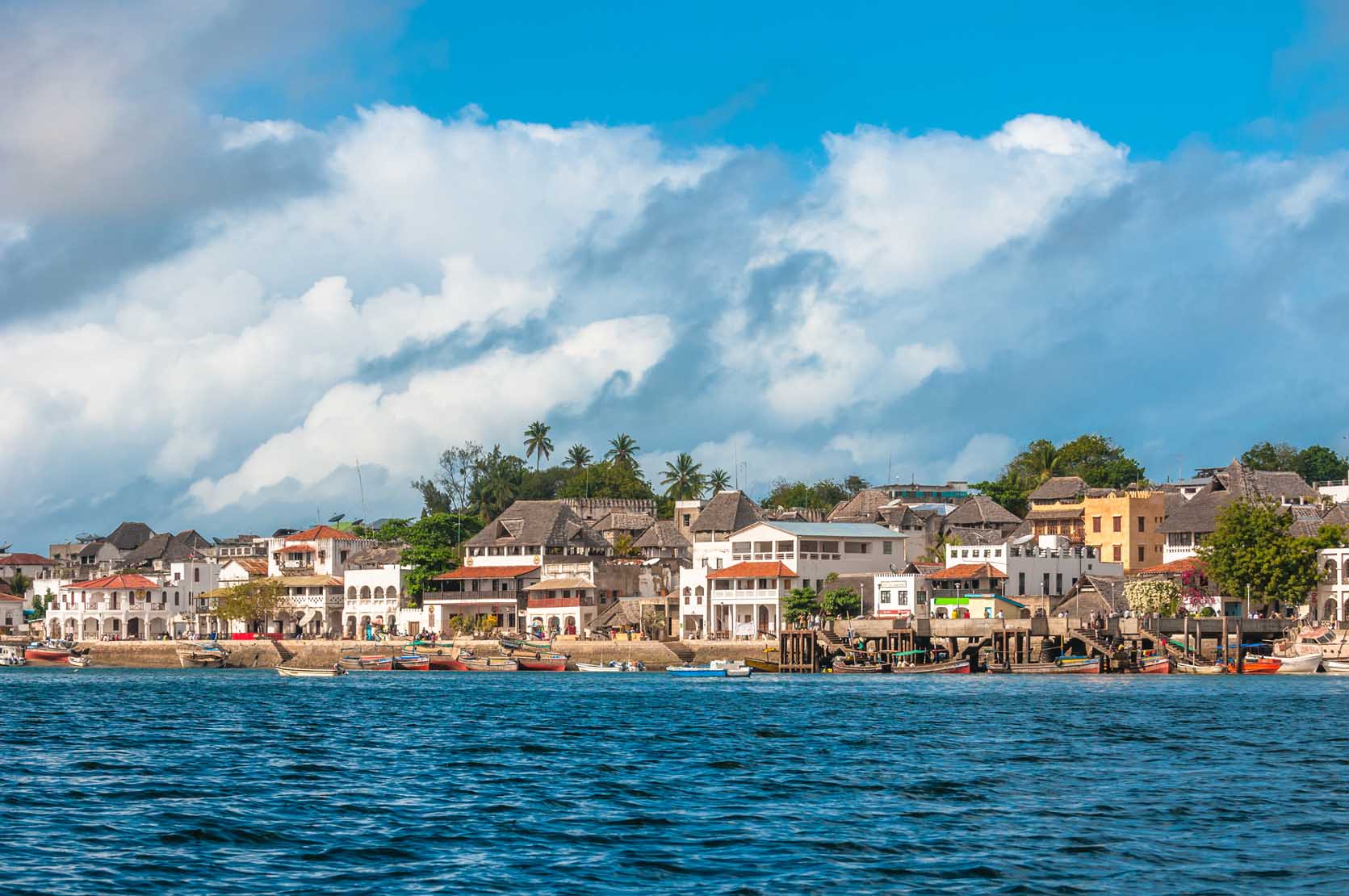
This image is property of mykoolala.com.
Tourism
Attractions
Lamu County is known for its stunning natural beauty and unique attractions. From the pristine beaches of Kiwayu Island to the exotic marine life of the Indian Ocean, the county offers an array of attractions for visitors. The Lamu Archipelago, with its turquoise waters and golden sand, is a paradise for nature enthusiasts and beach lovers.
Historical sites
Lamu Town is home to numerous historical sites that showcase the rich cultural heritage of the county. Lamu Fort, built in the 19th century, stands as a testament to the region’s colonial past. The Swahili House Museum provides a glimpse into the traditional way of life of the Swahili people, while the Riyadha Mosque is a revered religious landmark.
Cultural festivals
Lamu County is renowned for its vibrant cultural festivals that celebrate the customs and traditions of the Swahili people. The Lamu Cultural Festival, held annually, showcases traditional dances, music, and art exhibitions. The Maulidi Festival, which commemorates the birth of the Prophet Muhammad, brings together Muslims from all over the region for religious ceremonies and cultural festivities.
Beaches
Lamu County boasts some of the most beautiful beaches in East Africa. Shela Beach, located on Lamu Island, is a popular spot for relaxation and water activities. The soft white sand, clear waters, and gently swaying palm trees create a tranquil setting for visitors to unwind and enjoy the natural beauty of the coastline.
Marine life
The marine life in Lamu County is diverse and offers incredible opportunities for snorkeling and diving. The coral reefs surrounding the archipelago provide a habitat for a variety of colorful fish species and other marine creatures. Visitors can explore these underwater wonders through guided tours and experience the vibrant and delicate ecosystem that exists beneath the waves.
Culture
Language
The primary language spoken in Lamu County is Swahili. Swahili is widely spoken and serves as a unifying language among the diverse ethnic groups in the region. Arabic is also prevalent, particularly among the Swahili community. English and Kiswahili are both used as official languages, facilitating communication between different language communities.
Music and dance
Music and dance are integral parts of Swahili culture, and Lamu County is known for its lively performances. Traditional musical instruments such as the oud, dhow, and drums are used to create unique rhythms and melodies. Traditional dances, such as the Taarab and Chakacha, are performed during cultural festivals and special occasions, captivating audiences with their vibrant and energetic movements.
Art and crafts
Lamu County is famous for its exquisite art and crafts. The Swahili people are skilled artisans, known for their intricate woodcarvings, weaving, and pottery. Traditional handicrafts such as kikoi textiles, intricately carved doors, and exquisite jewelry are popular souvenirs for visitors. The county’s rich artistic heritage is preserved and celebrated through various workshops and exhibitions.
Cuisine
Lamu County offers a diverse and flavorsome culinary experience. Swahili cuisine, characterized by its aromatic spices and fusion of African, Arabic, and Indian flavors, is a delight for food lovers. Signature dishes such as biryani, pilau, and samosas are enjoyed by both locals and visitors. Fresh seafood, including grilled fish and coconut-based dishes, is a must-try when visiting the coastal region.
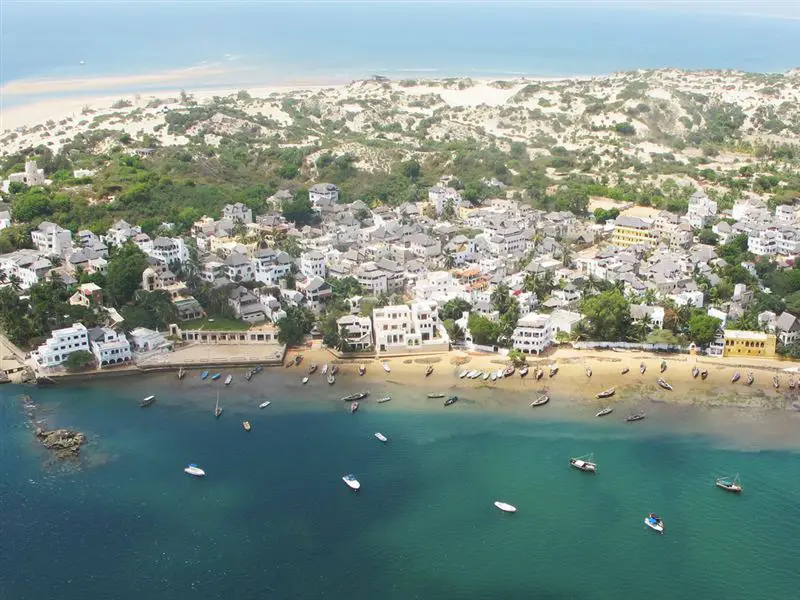
This image is property of sncdn.com.
Politics
Government
Lamu County operates under a devolved system of government, with an elected governor, deputy governor, and county assembly. The county government is responsible for implementing policies, providing public services, and promoting socio-economic development within the county.
Political leaders
Lamu County has had several political leaders who have played significant roles in shaping the county’s development. The current governor is Fahim Twaha, who is committed to promoting transparency, accountability, and inclusivity in governance. The county assembly comprises elected representatives who work collaboratively to address the needs and aspirations of the county residents.
Challenges and Opportunities
Infrastructure development
Lamu County faces challenges in infrastructure development, particularly in the remote areas. The county government is working towards improving access to quality roads, electricity, and water supply to enhance connectivity, attract investment, and improve the overall quality of life for its residents.
Poverty
Poverty remains a significant challenge in Lamu County, particularly in rural areas. The county government, in collaboration with development partners, has implemented poverty eradication programs aimed at improving livelihoods, creating employment opportunities, and empowering vulnerable groups such as women and youth.
Environmental conservation
Lamu County is home to diverse and fragile ecosystems, including mangrove forests and coral reefs. Environmental conservation is a priority in the county, with efforts focused on sustainable agriculture, wildlife conservation, and responsible tourism practices. The preservation of these natural resources ensures the long-term well-being of the county and its inhabitants.
Lamu County, with its rich history, vibrant culture, and stunning natural beauty, continues to captivate visitors from near and far. Its unique blend of Swahili heritage, pristine beaches, and diverse marine life offers a one-of-a-kind experience for those seeking to immerse themselves in the richness of Kenyan coastal life. With ongoing efforts to improve infrastructure, tackle poverty, and promote environmental conservation, Lamu County is poised to embrace the opportunities that lie ahead while preserving its captivating charm for generations to come.
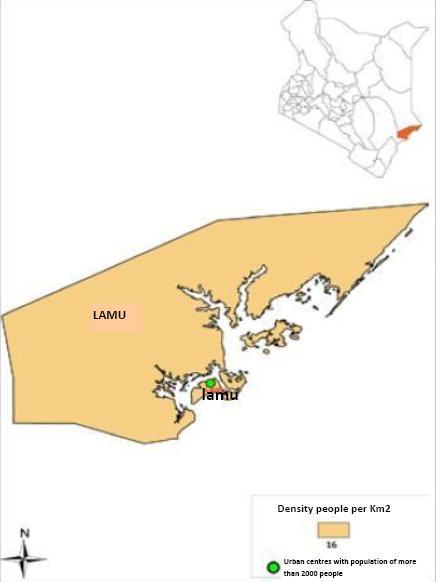
This image is property of opencounty.org.

